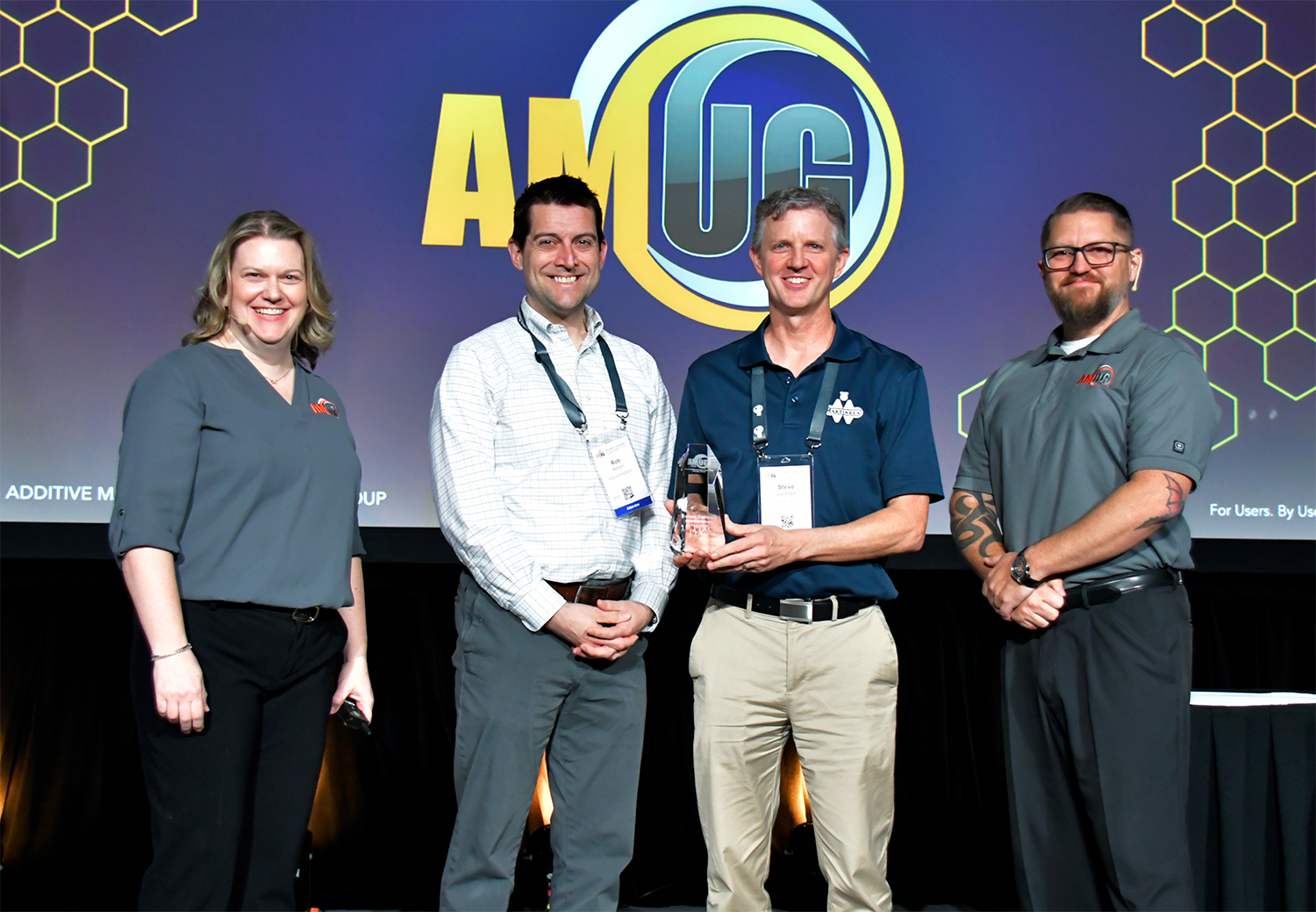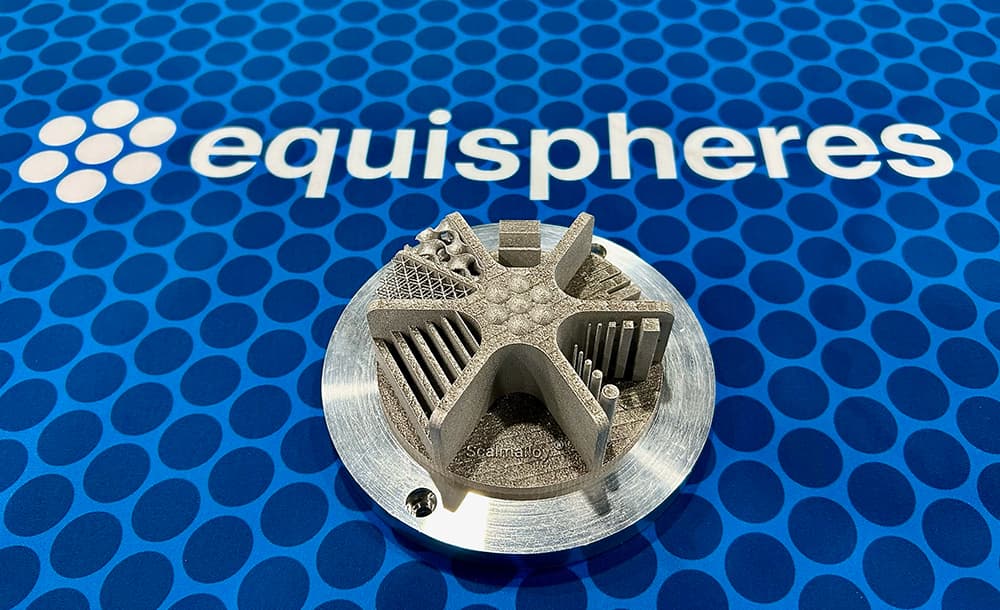OTTAWA, ONTARIO: Aiming to improve the performance and productivity of metal additive manufacturing, Morf3D Inc. and Equispheres Inc. are collaborating to qualify Equispheres’ high-performance aluminum powders and to develop new applications which will result in further performance improvements based on current expectations.

Headquartered in California, Morf3D specializes in the optimization of technology solutions for high volume additive manufacturing (AM), serving the space, aviation and defense markets.
“Morf3D is a leading innovation partner in additive manufacturing and has extensive experience with serial production. At Equispheres, we have an emphasis on applications engineering and process optimization, so we speak the same language,” says Evan Butler-Jones, Vice-President – Product & Strategy for Equispheres. “With Morf3D applying our materials technology, we expect to find even more opportunities for AM in space and aviation.”
The work will demonstrate how improved performance is attainable with powders optimized for high volume production printing to extend the possibilities of AM for industrial parts.
“We constantly seek innovations in additive manufacturing that will accelerate customer adoption, solve challenging problems and drive to reach traditional cost models. This collaboration with Equispheres gives us access to materials optimized for production with proven performance benefits. We’re excited to explore and share the possibilities of this technology,” says Dr. Behrang Poorganji, Vice-President, Materials Technology with Morf3D.
Morf3D empowers their customer’s productivity by looking to advance all areas of additive manufacturing. This includes sourcing and qualifying materials with advanced properties.
“Morf3D has embraced the engineering and optimization aspects that are vital to the adoption of additive manufacturing. They have a deep pool of expertise and talent, as well as collaborations with other industry leaders. We’re happy to be a part of that network, propelling the industry forward,” says Butler-Jones.



